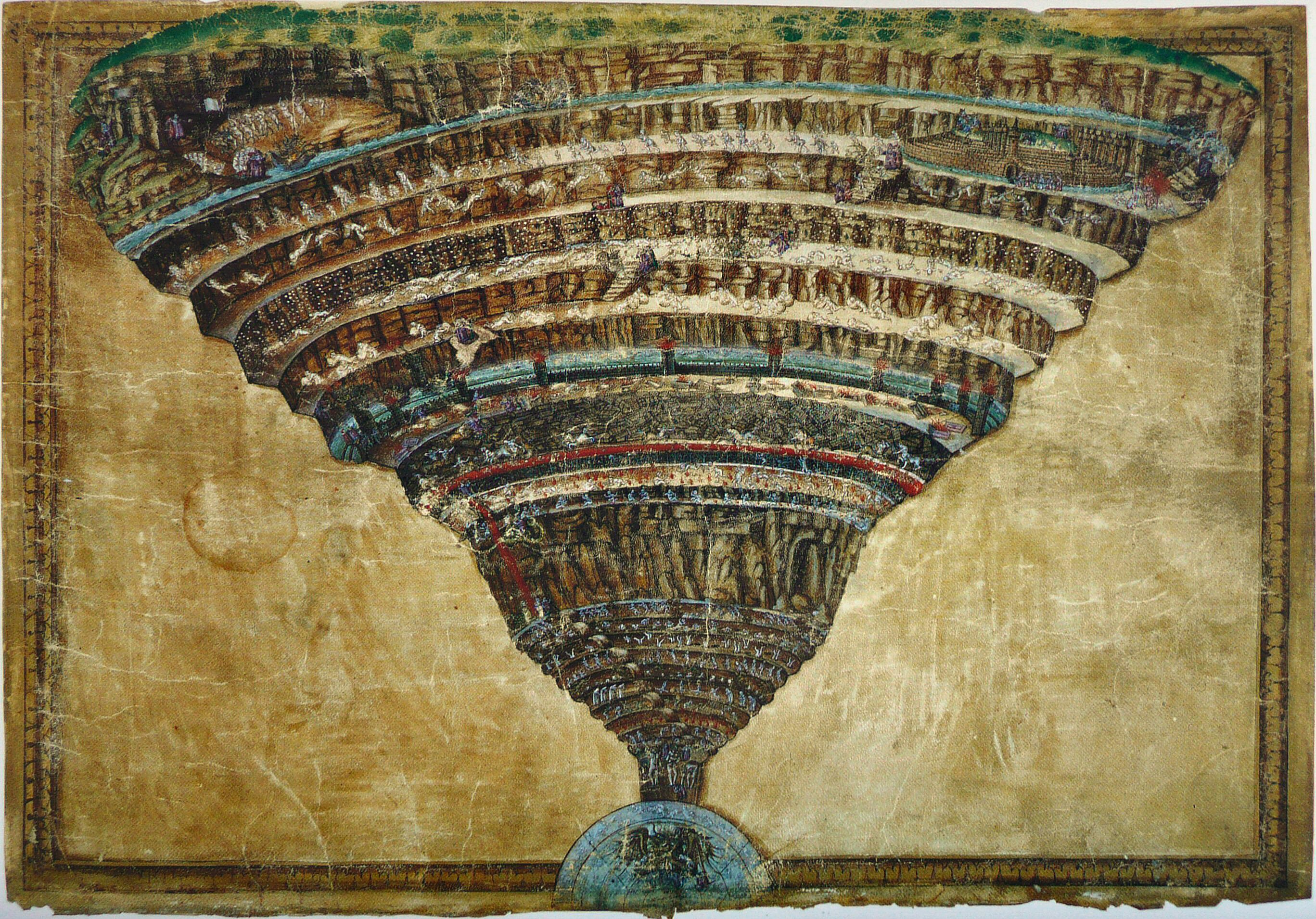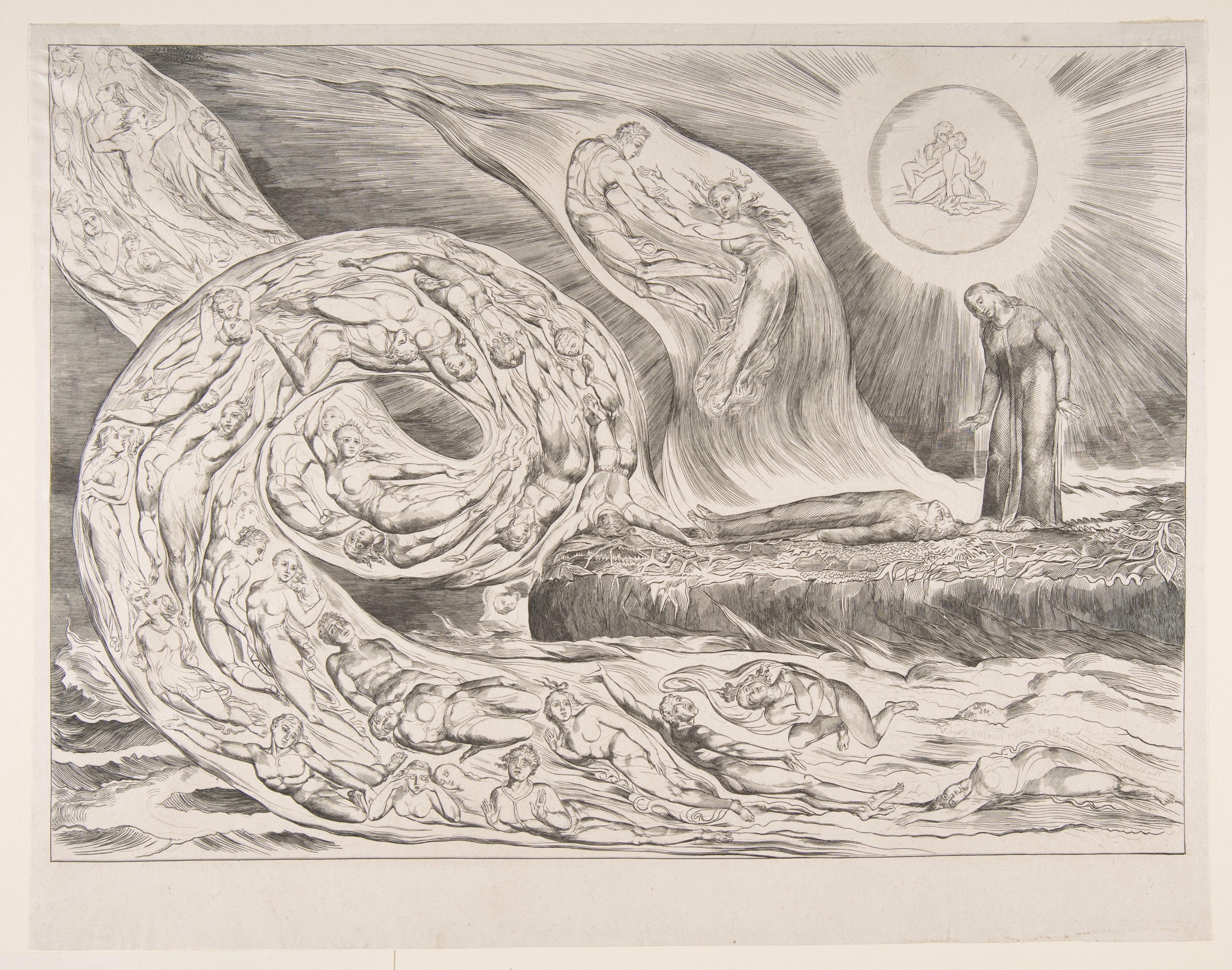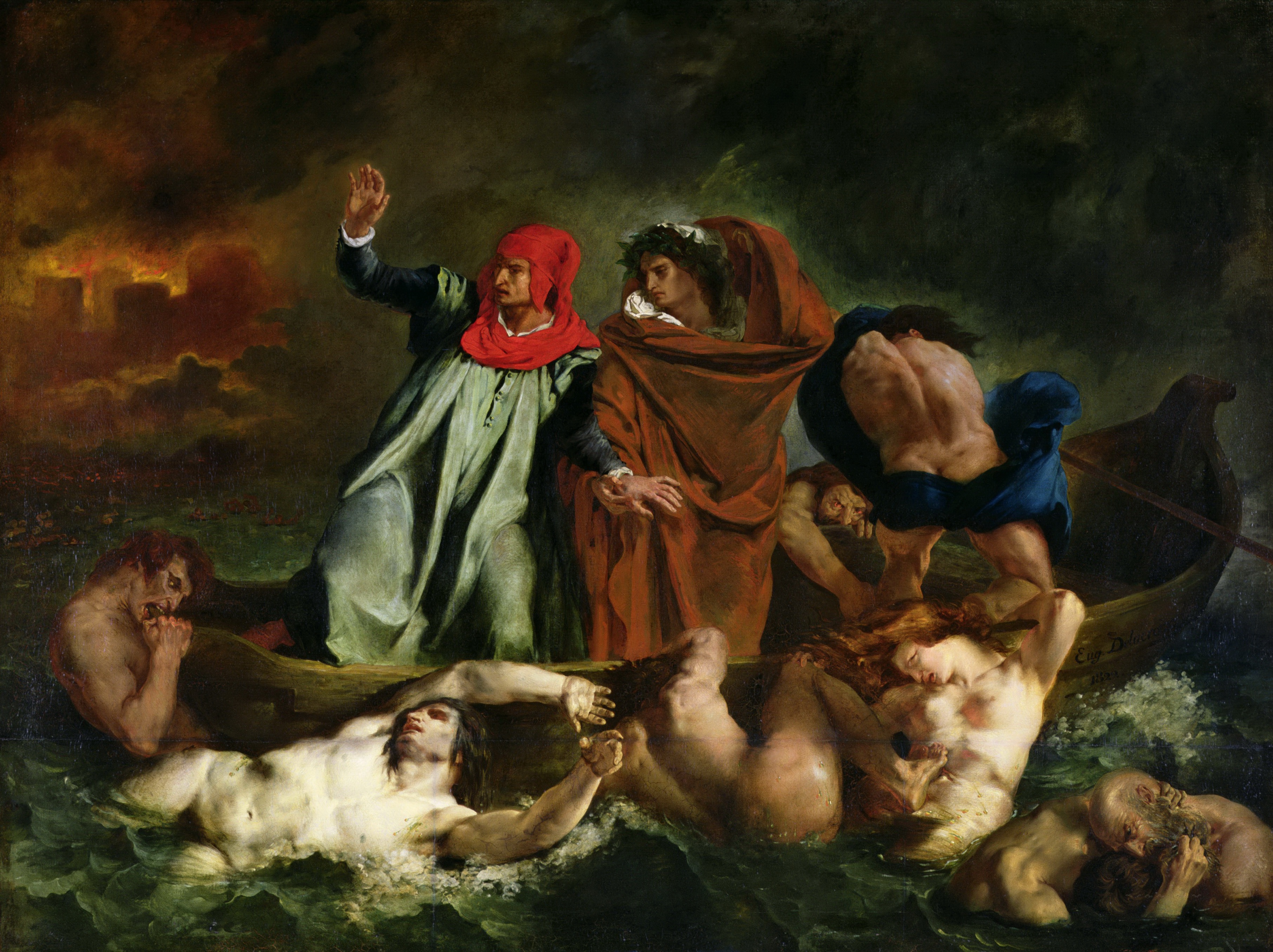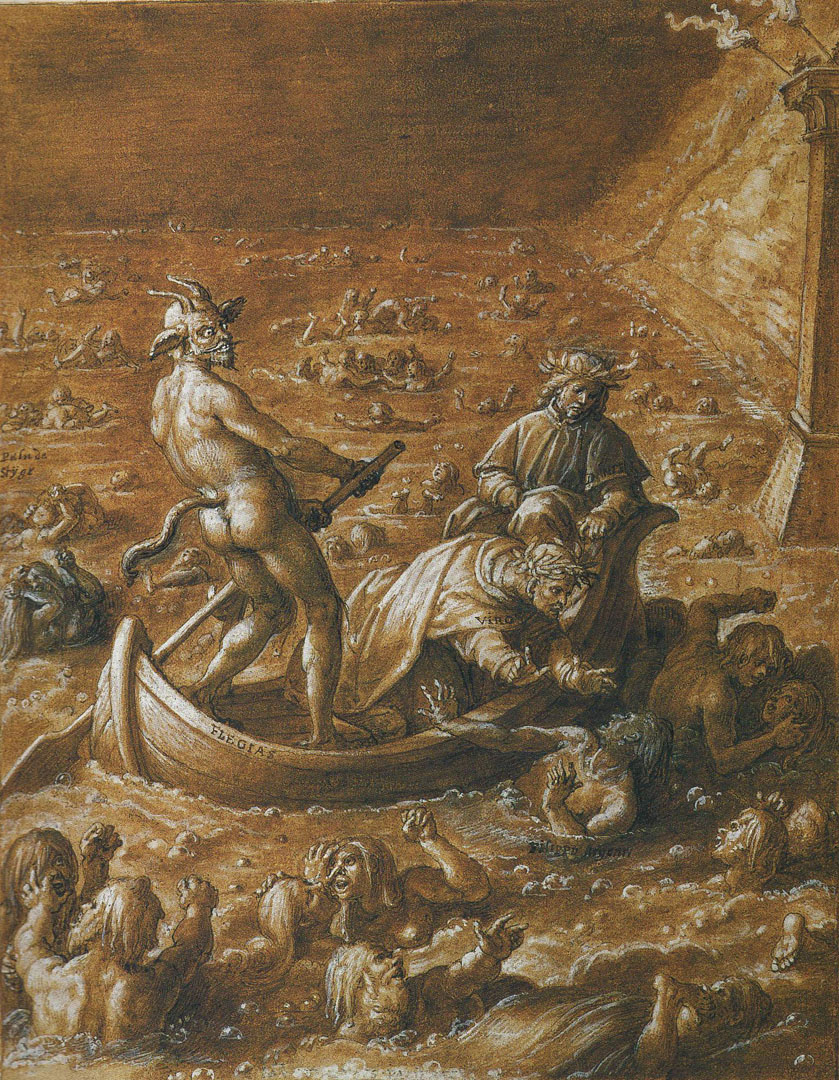From Botticelli to Delacroix, Dante’s literary depiction of Hell has inspired artists for centuries.
Lenten Campaign 2025
This content is free of charge, as are all our articles.
Support us with a donation that is tax-deductible and enable us to continue to reach millions of readers.
Dante Alighieri’s depiction of the afterlife has inspired generations of readers since the Divine Comedy was first published in 1472. In the 14,233 verses of this poem, Dante envisions a trip to the afterlife, guided first by the Roman poet Virgil, who leads him through Hell and Purgatory, and then by his beloved Beatrice, who leads him through Paradise. His detail-rich descriptions of Hell, envisioned as nine concentric circles containing souls of those “who have rejected spiritual values by yielding to bestial appetites or violence, or by perverting their human intellect to fraud or malice against their fellowmen,” have inspired artists for the last five centuries. Here are some of the most poignant visualizations of Dante’s Inferno.
Canto XV (circa 1485)
Early Renaissance painter Sandro Botticcelli is the artist of perhaps the most famous depiction of the Inferno, visualized as a reversed cone containing damned souls on each level. But when it comes to harrowing drawings, it’s his work on the Canto XV that stands out. In this illustration, Botticelli depicts damned souls who have harmed nature, art or God. They appear naked and tormented, locked within a system of embankments that prevents their escape.

William Blake, Canto V (1825-1827)
English painter William Blake started working on Divine Comedy illustrations just two years before passing away in 1827. Blake never fully completed his project, but left behind some harrowing depictions of Dante’s work, which combine faithful depictions of his descriptions with the painter’s own interpretation of sin, guilt, punishment and salvation. Here, Blake depicts the “Inferno” Canto V, where Dante describes the punishment for the souls of the lustful, who are battered in an eternal current that leads nowhere.

The Barque of Dante (1822)
Completed in 1822 by French artist Eugène Delacroix, this work signals the artist’s shift from Neoclassical style to Romanticism. Delacroix depicts scenes from the 8th Canto of the “Inferno.” Dante and Virgil are trying to cross the River Sytx, filled with dangers such as tormented souls and evil creatures trying to capsize their vessel, in order to reach the city of Dis. The emotional vibrancy with which Delacroix depicted the scared expressions of Dante and Virgil and the scary faces of evil creatures led art critic Thiers to affirm that “No canvas better reveals the future of a great painter.”

Stradanus, Canto VIII (1587-1588)
Flemish painter Jan van der Straet, known by his Italian name “Stradanus,” completed a series of illustrations of the Divine Comedy between 1587 and 1588, currently preserved at the Laurentian Library in Florence. This illustration refers to Canto VIII, where the wrathful and slothful are punished. Stradanus combines elements of Italian Mannerism, such as painstaking attention to detail, with distinctive Flemish traits like the physiognomy of the demonic figure steering Dante’s boat, who shows a deeply harrowing expression.









